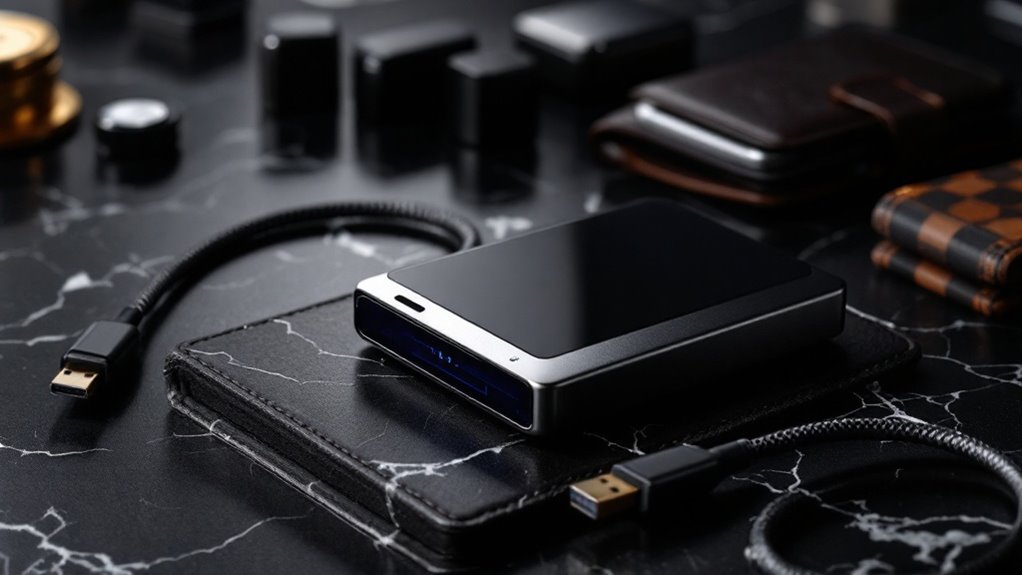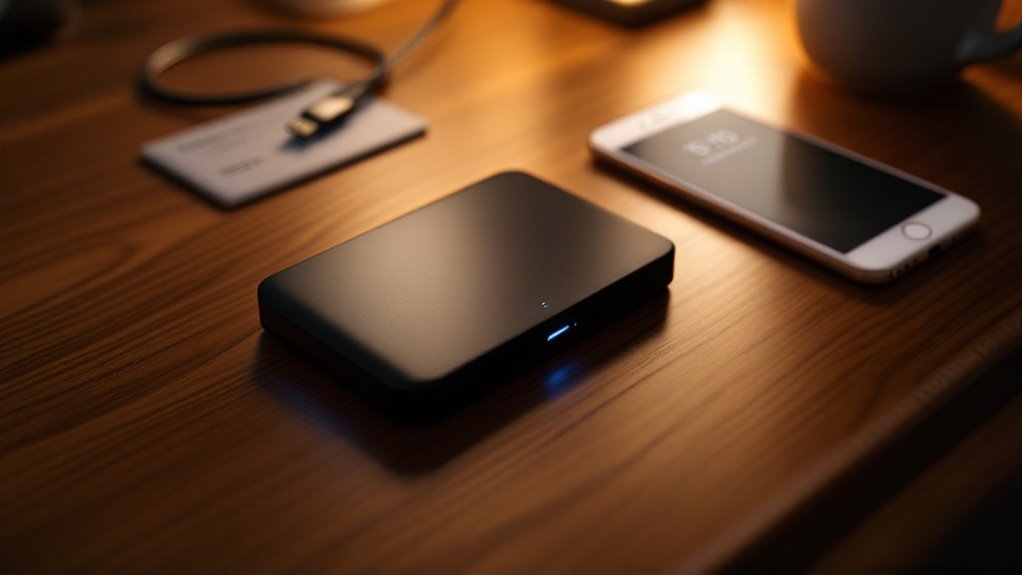Choosing a crypto wallet comes down to balancing security with convenience. Hot wallets offer easy access but remain vulnerable to online threats, while cold storage provides fortress-like protection at the cost of accessibility. Hardware wallets strike an elegant middle ground, combining bank-grade security with user-friendly interfaces. For newcomers, free software wallets serve as a practical starting point. The journey to finding the perfect wallet reveals deeper insights about protecting digital wealth.

When it comes to safeguarding digital assets, choosing the right crypto wallet can feel like selecting a vault for your financial future. The digital landscape offers various options, each with its own balance of security and convenience, much like choosing between keeping cash under your mattress or in a bank's safety deposit box.
The wallet ecosystem has evolved beyond simple storage solutions. Hot wallets, always connected to the internet, serve as the sporty convertibles of the crypto world – perfect for quick trips but perhaps not ideal for storing your life savings. Cold wallets, by contrast, act as underground bunkers, keeping assets safely offline and away from digital threats. Many users find that free shipping on cold wallets like KeepKey makes them an attractive entry point into secure crypto storage. Leading hardware wallets like the Ledger Stax support an impressive 5,500 coins and tokens, making them versatile choices for diverse crypto portfolios.
Hardware wallets, those small yet mighty devices, combine the best of both worlds, offering bank-grade security with modern convenience. These devices use private keys to provide secure access to your digital assets without actually storing the cryptocurrencies themselves.
Today's crypto wallets pack impressive security features that would make traditional bankers raise their eyebrows. Two-factor authentication stands guard like a vigilant doorman, while multi-signature support guarantees no single person holds all the keys to the kingdom. The most respected wallets support thousands of cryptocurrencies and tokens, turning these digital vaults into sophisticated financial hubs where users can stake, trade, and even earn interest on their holdings.
The user experience has come a long way from the early days of crypto, when managing digital assets required a computer science degree. Modern wallets sport clean interfaces that make sending Bitcoin as easy as texting a friend. Mobile apps keep users connected to their digital wealth wherever they roam, while desktop applications provide the command center for more complex operations.
Cost considerations vary widely in the wallet world. While software wallets often come free of charge, hardware wallets command prices that reflect their sophisticated security measures. However, when considering the value of assets being protected, a $200 hardware wallet might seem like a bargain compared to the potential loss of a fortune to hackers.
The crypto wallet market continues to evolve, offering solutions for everyone from curious newcomers to seasoned investors who treat their digital assets with the same care as family heirlooms.
Frequently Asked Questions
Can I Store Different Types of Cryptocurrency in the Same Wallet?
Multi-currency wallets allow users to store different cryptocurrencies in one location. These wallets support various blockchain networks and tokens, though specific cryptocurrency compatibility depends on the chosen wallet's supported assets list.
What Happens to My Crypto if I Lose My Wallet Password?
Without password access, cryptocurrency remains on the blockchain but becomes inaccessible. The funds aren't lost, but they're effectively frozen. Recovery options include using seed phrases or specialized recovery services, though success isn't guaranteed.
Are Hardware Wallets Worth the Investment for Small Crypto Holdings?
Hardware wallets may not be cost-effective for small holdings under $1,000. The security benefits outweigh costs only when protecting larger investments. Software wallets offer adequate protection for modest cryptocurrency amounts.
How Often Should I Update My Crypto Wallet Software?
Crypto wallet software should be updated every 6-8 months, or immediately when security patches are released. Hardware wallets need firmware updates 2-3 times yearly. Regular updates maintain security and peak functionality.
Can I Transfer Crypto Between Different Types of Wallets?
Crypto transfers between different wallet types are generally possible. Users can move funds between hot, cold, hardware, and software wallets using public addresses, QR codes, or direct exchange integrations for secure transactions.









